Home>Home Appliances>Heating & Cooling>What Is Air-to-Air Heating
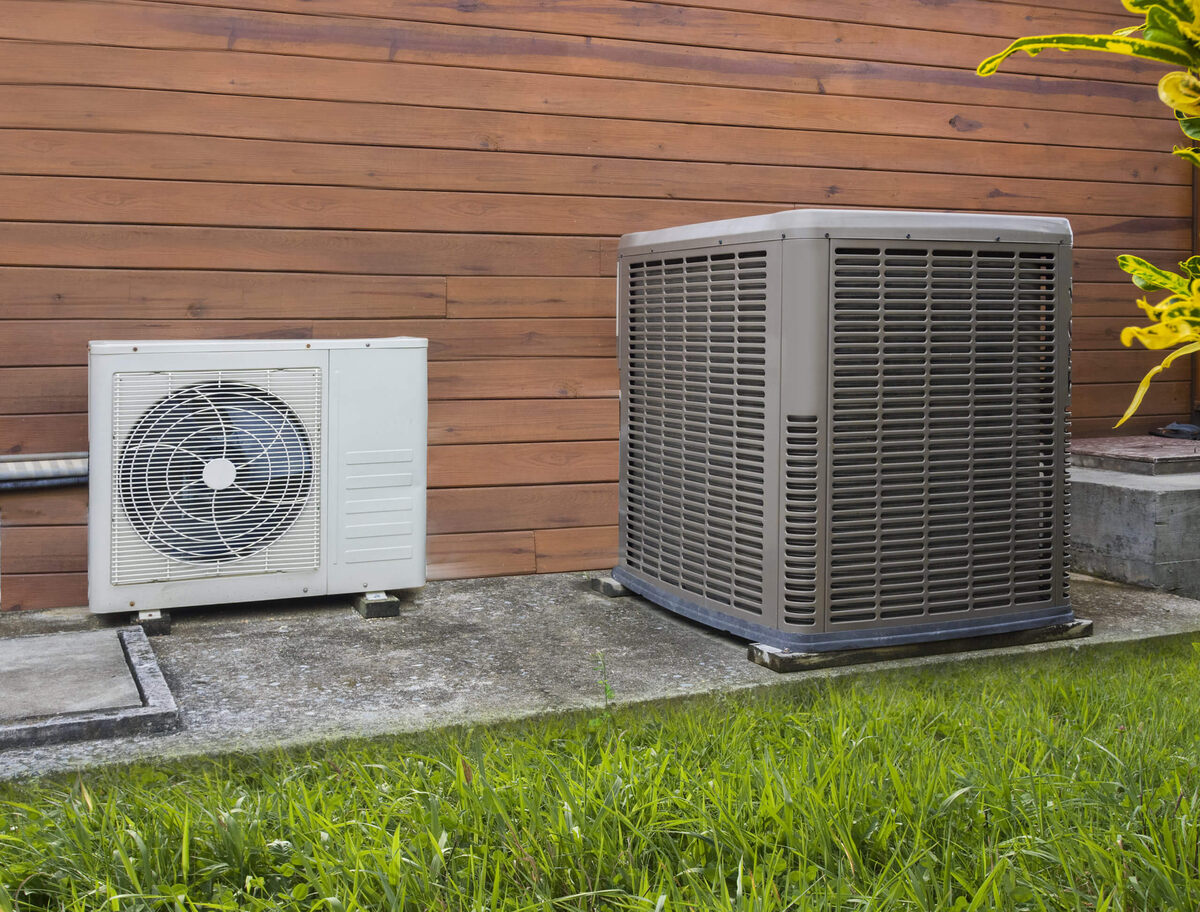

Heating & Cooling
What Is Air-to-Air Heating
Published: February 16, 2024
Discover the benefits of air-to-air heating for efficient heating and cooling. Learn how this system can improve your indoor comfort. Ideal for residential and commercial spaces.
(Many of the links in this article redirect to a specific reviewed product. Your purchase of these products through affiliate links helps to generate commission for Storables.com, at no extra cost. Learn more)
Introduction
Air-to-air heating is a modern and efficient method of heating residential and commercial spaces. This innovative heating system utilizes outdoor air as a heat source and transfers it indoors to provide warmth during cold weather. Unlike traditional heating systems that rely on fuel combustion or electric resistance, air-to-air heating offers a more sustainable and cost-effective solution for maintaining indoor comfort.
As the demand for energy-efficient heating options continues to rise, air-to-air heating has gained popularity for its ability to deliver consistent warmth while reducing energy consumption. By harnessing the natural heat present in the outdoor air, this heating method offers a greener alternative to conventional heating systems, contributing to environmental sustainability.
In this comprehensive guide, we will delve into the inner workings of air-to-air heating, exploring its mechanisms, benefits, drawbacks, and essential considerations for installation. Whether you are a homeowner seeking an eco-friendly heating solution or a business owner aiming to optimize energy usage, understanding the fundamentals of air-to-air heating is crucial for making informed decisions regarding your heating needs.
Join us as we embark on a journey to uncover the fascinating world of air-to-air heating, unraveling its intricacies and shedding light on its potential to revolutionize the way we heat our living and working spaces. Let's explore the captivating realm of air-to-air heating and discover how it can elevate your comfort while aligning with sustainable practices.
Key Takeaways:
- Air-to-air heating harnesses outdoor air to provide efficient and eco-friendly warmth for homes and businesses, reducing energy consumption and promoting sustainability.
- While air-to-air heating offers consistent warmth and cost savings, it may require supplemental heating in extremely cold climates and careful installation considerations for optimal performance.
How Does Air-to-Air Heating Work?
Air-to-air heating operates on the principle of extracting heat from the outdoor air and transferring it indoors to provide warmth. This process is facilitated by a heat pump, a key component of the air-to-air heating system. The heat pump contains a refrigerant that cycles between a gaseous and liquid state, enabling it to absorb heat from the outdoor air and release it inside the building.
The operation of air-to-air heating can be broken down into the following steps:
-
Heat Absorption: When the outdoor air passes over the heat pump's evaporator coil, the refrigerant within the coil absorbs heat from the air, causing it to evaporate and transform into a low-pressure, low-temperature gas.
-
Compression: The compressor within the heat pump then pressurizes the gaseous refrigerant, raising its temperature significantly.
-
Heat Release: The now-hot refrigerant flows through the condenser coil, located indoors. As the indoor air passes over the condenser coil, the heat from the refrigerant is released into the indoor space, warming it effectively.
-
Refrigerant Reversal (Optional): In warmer months, the air-to-air heating system can be reversed to provide cooling. In this mode, the refrigerant absorbs heat from the indoor air, releases it outdoors, and circulates cooler air back into the building.
By harnessing the heat present in the outdoor air, air-to-air heating systems can provide efficient and consistent warmth, even in cold climates. This method of heating is particularly advantageous for regions with moderate winter temperatures, where the outdoor air still retains a significant amount of heat that can be utilized for indoor comfort.
The seamless transfer of heat from the outdoor environment to the interior of a building underscores the ingenuity of air-to-air heating, offering a sustainable and energy-efficient alternative to traditional heating systems. As the demand for eco-friendly heating solutions continues to grow, the innovative functionality of air-to-air heating positions it as a compelling option for those seeking to reduce their environmental impact while enjoying reliable warmth during colder seasons.
Benefits of Air-to-Air Heating
Air-to-air heating presents a myriad of compelling benefits that make it a standout choice for residential and commercial heating needs. From energy efficiency to enhanced comfort, the advantages of this innovative heating system are poised to transform the way we approach indoor climate control.
1. Energy Efficiency
Air-to-air heating systems are renowned for their exceptional energy efficiency. By harnessing the ambient heat from the outdoor air, these systems can deliver impressive heating performance while consuming minimal electricity. This translates to lower energy bills and reduced environmental impact, making air-to-air heating a sustainable and cost-effective solution for maintaining indoor comfort.
2. Consistent Performance
Unlike traditional heating methods that may struggle to maintain consistent warmth, air-to-air heating systems excel in delivering uniform comfort throughout the designated space. By leveraging the natural heat available in the outdoor environment, these systems can provide reliable warmth even during chilly weather, ensuring a cozy and inviting indoor atmosphere for occupants.
Read more: What Is Solar Air Heating
3. Environmental Sustainability
The eco-friendly nature of air-to-air heating is a significant advantage in today's environmentally conscious world. By utilizing the heat present in the outdoor air, these systems minimize reliance on non-renewable energy sources, contributing to a greener and more sustainable approach to heating. This aligns with the global push for reducing carbon emissions and promoting energy-efficient technologies.
4. Versatility
Air-to-air heating systems offer versatile functionality, providing not only efficient heating during colder months but also the ability to reverse the process for cooling during warmer seasons. This dual functionality enhances the year-round utility of these systems, allowing for comprehensive climate control within a single, integrated solution.
5. Cost Savings
The energy efficiency and sustainable operation of air-to-air heating systems translate into tangible cost savings for users. With reduced energy consumption and lower utility bills, individuals and businesses can experience long-term financial benefits while enjoying optimal indoor comfort, making air-to-air heating a prudent investment in both economic and environmental terms.
6. Quiet Operation
Compared to some traditional heating systems, air-to-air heating units are known for their quiet and unobtrusive operation. This contributes to a peaceful indoor environment, free from the disruptive noise often associated with certain heating methods, allowing occupants to enjoy tranquility while benefiting from the warmth provided by the system.
Read more: What Is Warm Air Heating
7. Minimal Maintenance
Air-to-air heating systems typically require minimal maintenance, offering hassle-free operation for users. With fewer components susceptible to wear and tear, these systems can provide reliable heating performance with minimal upkeep, reducing the time and resources needed for ongoing maintenance and servicing.
In summary, the benefits of air-to-air heating encompass energy efficiency, consistent performance, environmental sustainability, versatility, cost savings, quiet operation, and minimal maintenance. These advantages collectively position air-to-air heating as a compelling choice for those seeking a reliable, eco-friendly, and cost-effective heating solution for their residential or commercial spaces.
Drawbacks of Air-to-Air Heating
While air-to-air heating systems offer a range of compelling benefits, it is important to consider the potential drawbacks associated with this innovative heating method. Understanding these limitations can provide a comprehensive perspective for individuals and businesses evaluating the suitability of air-to-air heating for their specific needs.
-
Dependence on Outdoor Temperature: One notable drawback of air-to-air heating is its reliance on the outdoor air temperature. In extremely cold climates, where outdoor temperatures plummet significantly, the efficiency of air-to-air heating systems may diminish. As the outdoor air becomes colder, the system's ability to extract heat diminishes, potentially impacting its capacity to provide sufficient warmth indoors.
-
Supplemental Heating Requirement: In regions characterized by prolonged periods of sub-zero temperatures, air-to-air heating systems may necessitate supplemental heating sources to maintain adequate indoor warmth. This additional heating support can lead to increased energy consumption and operational costs, potentially offsetting some of the energy-saving benefits initially associated with air-to-air heating.
-
Installation Considerations: The installation of air-to-air heating systems may pose challenges in certain settings. For example, older properties or buildings with limited space for accommodating outdoor units and ductwork may encounter obstacles when attempting to integrate air-to-air heating systems. Additionally, retrofitting existing structures with these systems can involve complex installation processes, potentially requiring modifications to the building's infrastructure.
-
Noise Levels: While air-to-air heating systems are generally recognized for their quiet operation, certain models may produce noticeable noise during their regular functioning. This can be a concern for individuals sensitive to ambient sounds or seeking a completely silent indoor environment. Selecting a suitable model with low noise emissions is crucial for mitigating this potential drawback.
-
Initial Investment: The upfront cost of purchasing and installing air-to-air heating systems can be a deterrent for some consumers. While these systems offer long-term energy savings, the initial investment required for acquiring and setting up the equipment may present a financial barrier for budget-conscious individuals or businesses.
-
Environmental Considerations: In regions where air quality is a concern, the outdoor air utilized by air-to-air heating systems may contain pollutants or allergens. Drawing in outdoor air for heating purposes can inadvertently introduce these contaminants into the indoor environment, potentially impacting air quality and the well-being of occupants.
Understanding these drawbacks is essential for making informed decisions regarding the implementation of air-to-air heating systems. By carefully evaluating these limitations alongside the system's benefits, individuals and businesses can determine the suitability of air-to-air heating for their specific heating requirements and environmental conditions.
Considerations for Air-to-Air Heating Installation
When contemplating the installation of air-to-air heating systems, several critical considerations come into play to ensure optimal performance, efficiency, and compatibility with the existing infrastructure. From site assessment to equipment selection, each aspect demands careful attention to facilitate a seamless and effective installation process.
-
Site Evaluation: Prior to installation, a thorough assessment of the property is essential to determine the most suitable location for the outdoor unit and the routing of ductwork, if applicable. Factors such as available space, proximity to neighboring structures, and accessibility for maintenance should be taken into account to streamline the installation and maximize the system's functionality.
-
Sizing and Capacity: Accurately sizing the air-to-air heating system in accordance with the specific heating requirements of the space is crucial for achieving optimal performance. An undersized unit may struggle to meet heating demands, while an oversized unit can lead to inefficient operation and unnecessary energy consumption. Consulting with a qualified HVAC professional to determine the appropriate capacity is imperative for ensuring effective heating output.
-
Ductwork Considerations: In properties with existing ductwork or those requiring new duct installation, careful planning is necessary to design an efficient and well-distributed air delivery system. Properly sealed and insulated ducts contribute to minimizing heat loss and ensuring uniform heating throughout the building, enhancing the overall effectiveness of the air-to-air heating system.
-
Electrical Requirements: Assessing the electrical infrastructure to accommodate the power needs of the air-to-air heating system is essential. Ensuring that the property's electrical capacity aligns with the system's requirements, including voltage and amperage, is vital for safe and reliable operation.
-
Regulatory Compliance: Adhering to local building codes, zoning regulations, and environmental standards is paramount during the installation process. Compliance with these regulations not only ensures the safety and legality of the installation but also contributes to the long-term functionality and sustainability of the air-to-air heating system.
-
Professional Installation: Engaging experienced and certified HVAC professionals for the installation is highly recommended to guarantee the proper setup and integration of the air-to-air heating system. Professional installers possess the expertise to navigate potential challenges, optimize system performance, and uphold industry standards, ultimately contributing to the system's longevity and efficiency.
-
Maintenance and Servicing: Establishing a maintenance schedule and familiarizing oneself with the recommended servicing requirements for the air-to-air heating system is essential for preserving its functionality and longevity. Regular inspections, filter replacements, and professional servicing contribute to sustained performance and energy efficiency.
By meticulously addressing these considerations, property owners and decision-makers can ensure a successful and effective installation of air-to-air heating systems, setting the stage for reliable and sustainable indoor comfort. Prioritizing these factors not only facilitates a smooth installation process but also lays the groundwork for long-term operational efficiency and cost savings.
Conclusion
In conclusion, air-to-air heating represents a compelling and innovative approach to indoor climate control, harnessing the natural warmth of outdoor air to provide efficient and sustainable heating for residential and commercial spaces. The seamless operation of air-to-air heating systems, facilitated by advanced heat pump technology, underscores their ability to deliver consistent warmth while minimizing energy consumption. As individuals and businesses increasingly prioritize environmental sustainability and cost-effective heating solutions, the benefits of air-to-air heating emerge as pivotal factors in shaping the future of indoor comfort.
The remarkable energy efficiency of air-to-air heating systems stands as a testament to their capacity to reduce utility costs and environmental impact. By leveraging the ambient heat present in the outdoor air, these systems offer a greener alternative to traditional heating methods, aligning with global efforts to promote energy conservation and reduce carbon emissions. The versatility of air-to-air heating, encompassing both heating and cooling capabilities, further enhances its appeal as a comprehensive climate control solution for year-round comfort.
While the benefits of air-to-air heating are substantial, it is essential to acknowledge the potential drawbacks and installation considerations associated with these systems. From dependence on outdoor temperature to the need for supplemental heating in colder climates, understanding these aspects is crucial for informed decision-making and effective system implementation. By addressing these considerations and leveraging professional expertise during the installation process, property owners can optimize the performance and longevity of air-to-air heating systems, ensuring sustained indoor comfort and energy efficiency.
As the demand for sustainable heating solutions continues to grow, air-to-air heating stands at the forefront of innovation, offering a harmonious blend of environmental responsibility, cost savings, and reliable performance. The integration of air-to-air heating systems not only elevates the comfort and well-being of occupants but also contributes to a more sustainable and eco-conscious approach to indoor climate control.
In essence, air-to-air heating represents a transformative paradigm in the realm of heating technology, embodying the fusion of efficiency, sustainability, and comfort. By embracing the principles of air-to-air heating, individuals and businesses can embark on a journey towards a more energy-efficient, environmentally conscious, and inviting indoor environment, where warmth and well-being converge in perfect harmony.
Frequently Asked Questions about What Is Air-to-Air Heating
Was this page helpful?
At Storables.com, we guarantee accurate and reliable information. Our content, validated by Expert Board Contributors, is crafted following stringent Editorial Policies. We're committed to providing you with well-researched, expert-backed insights for all your informational needs.
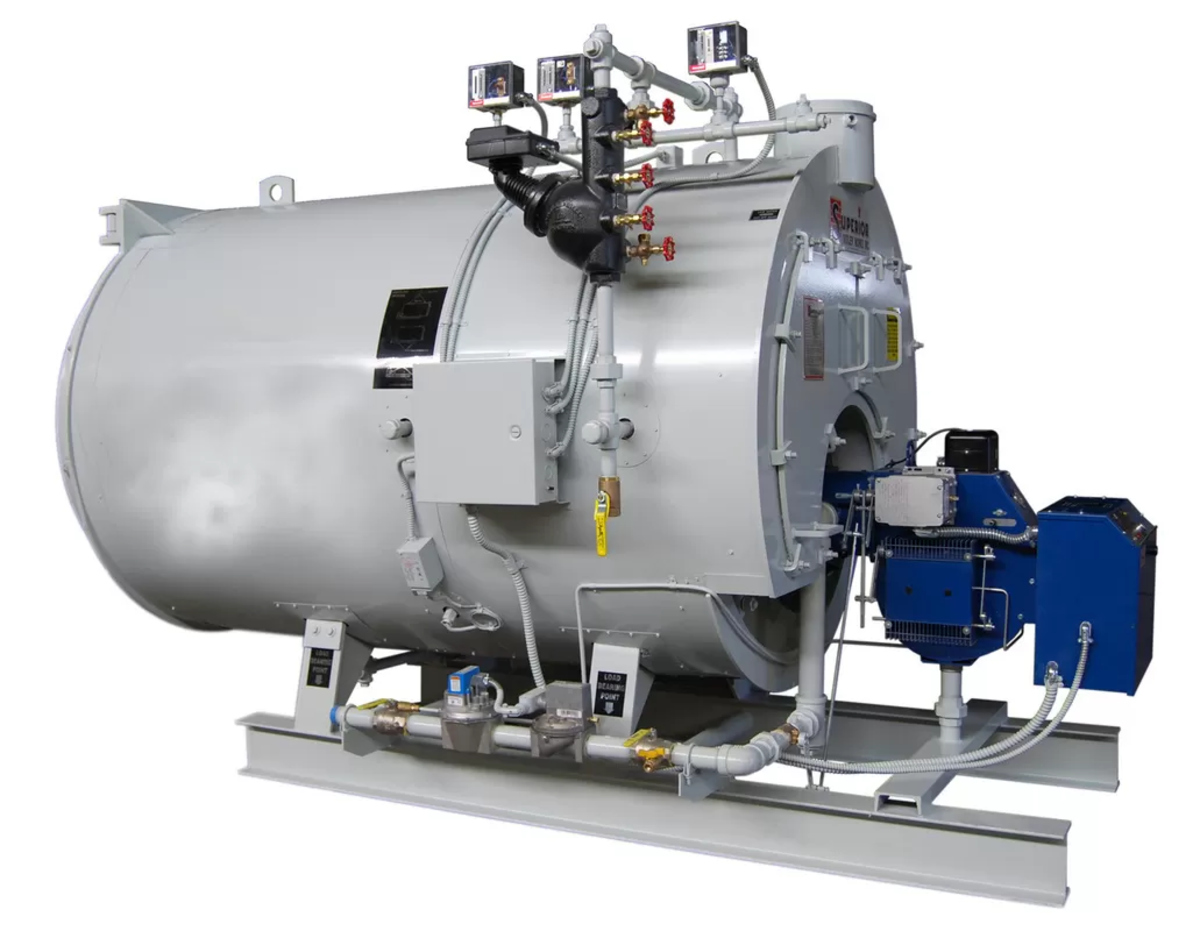
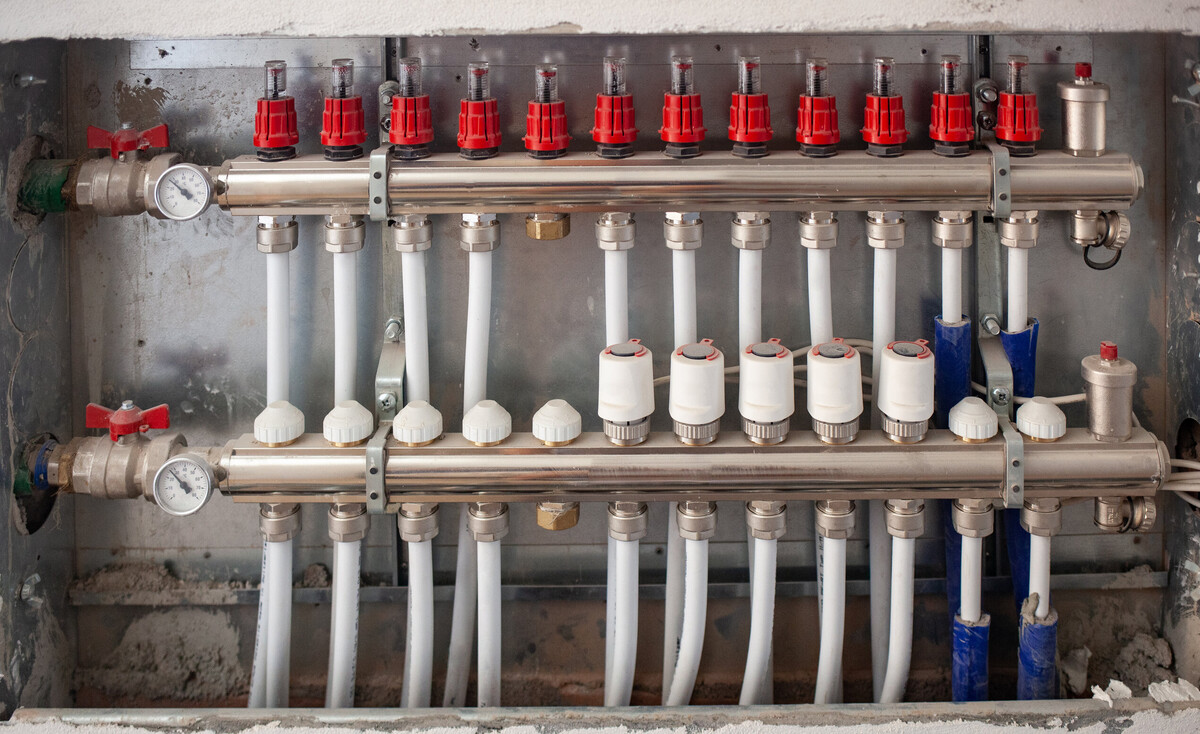
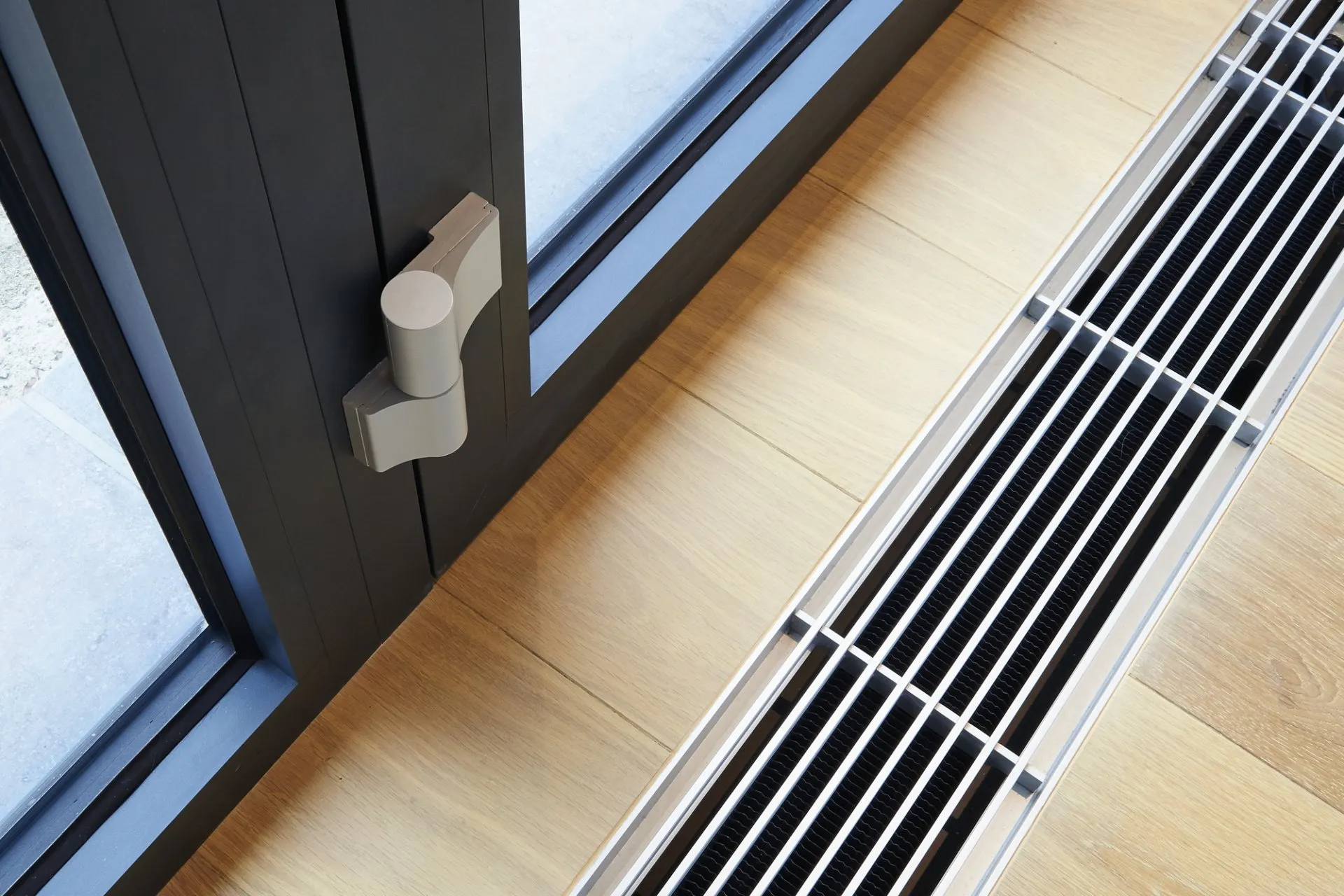
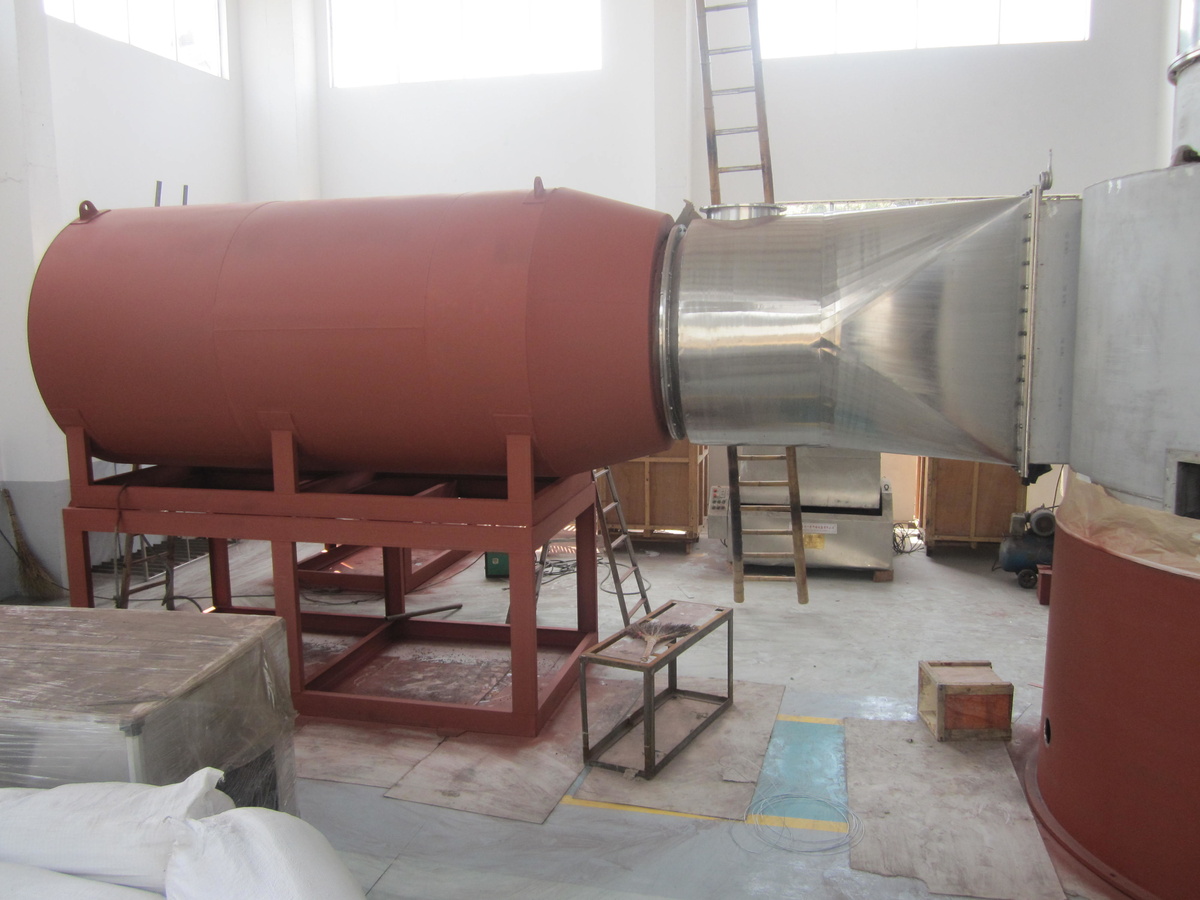
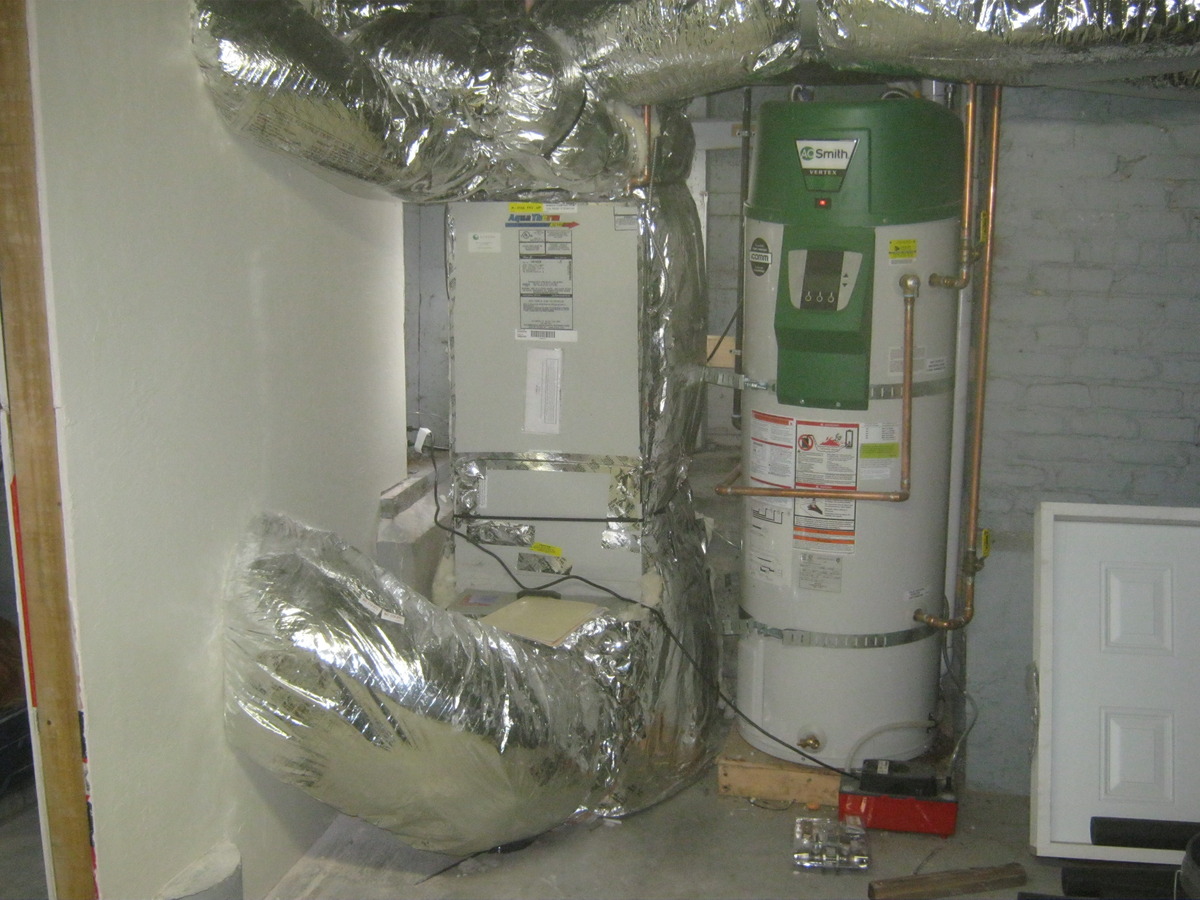
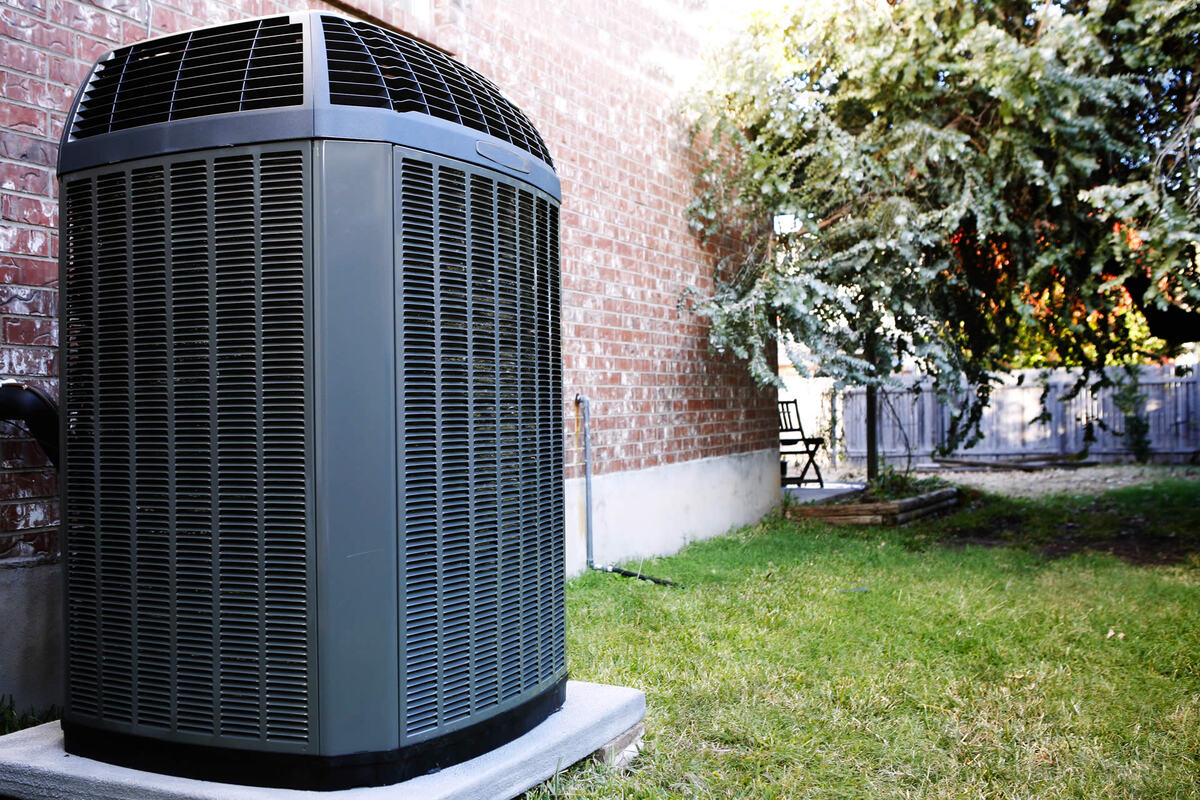
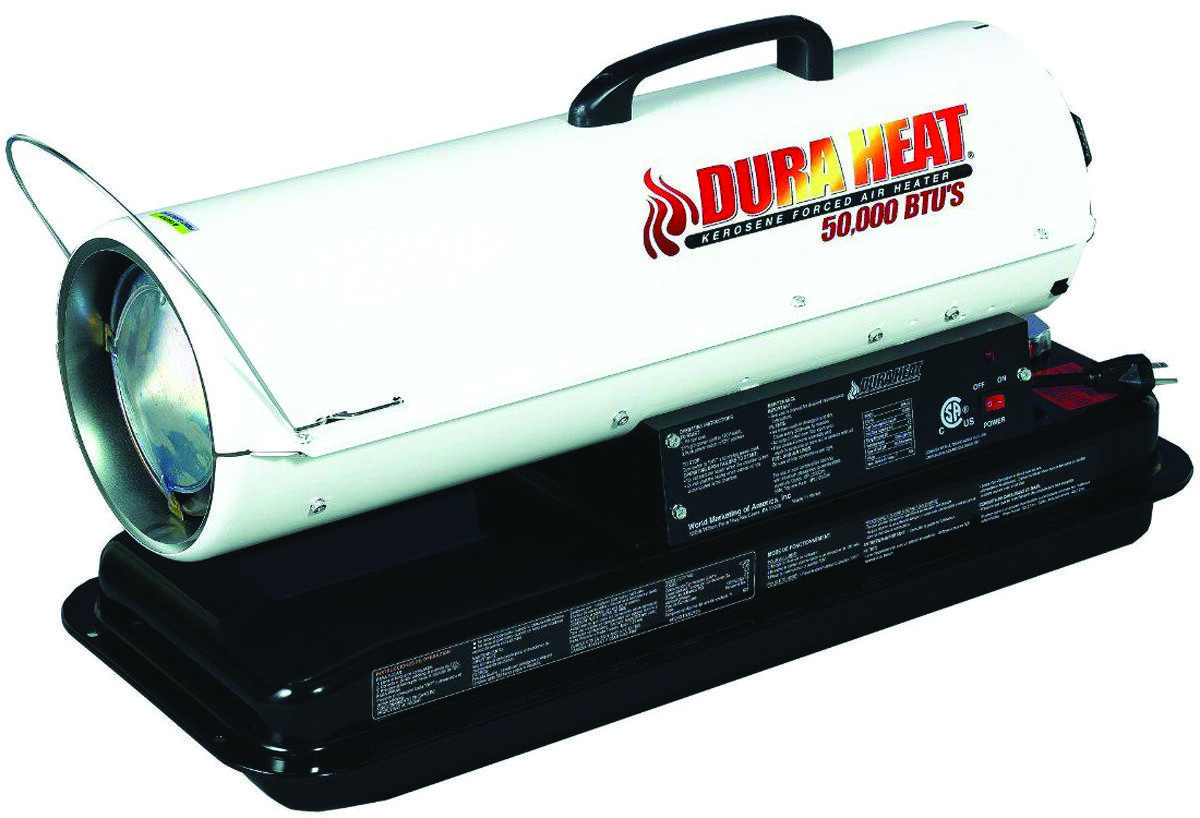
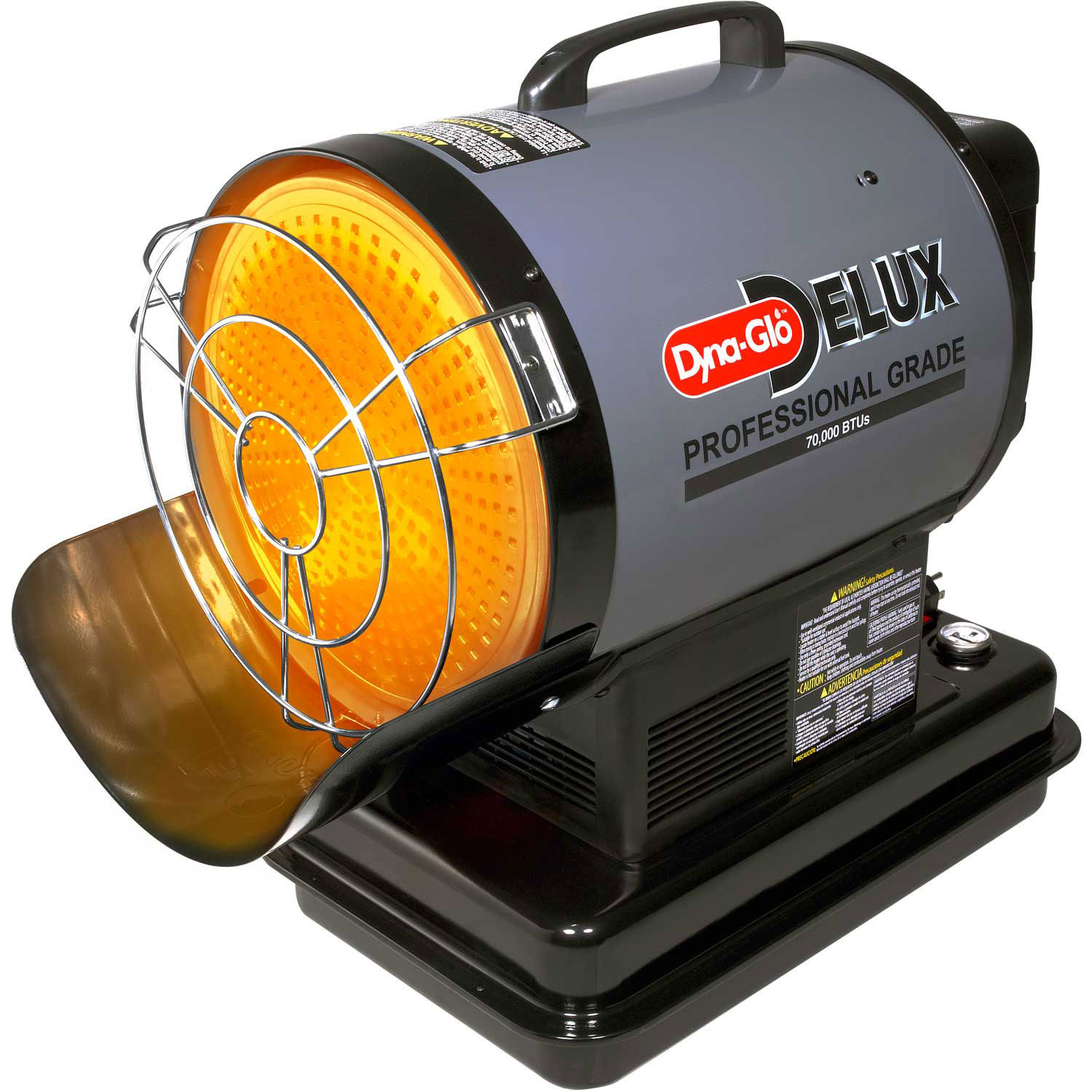
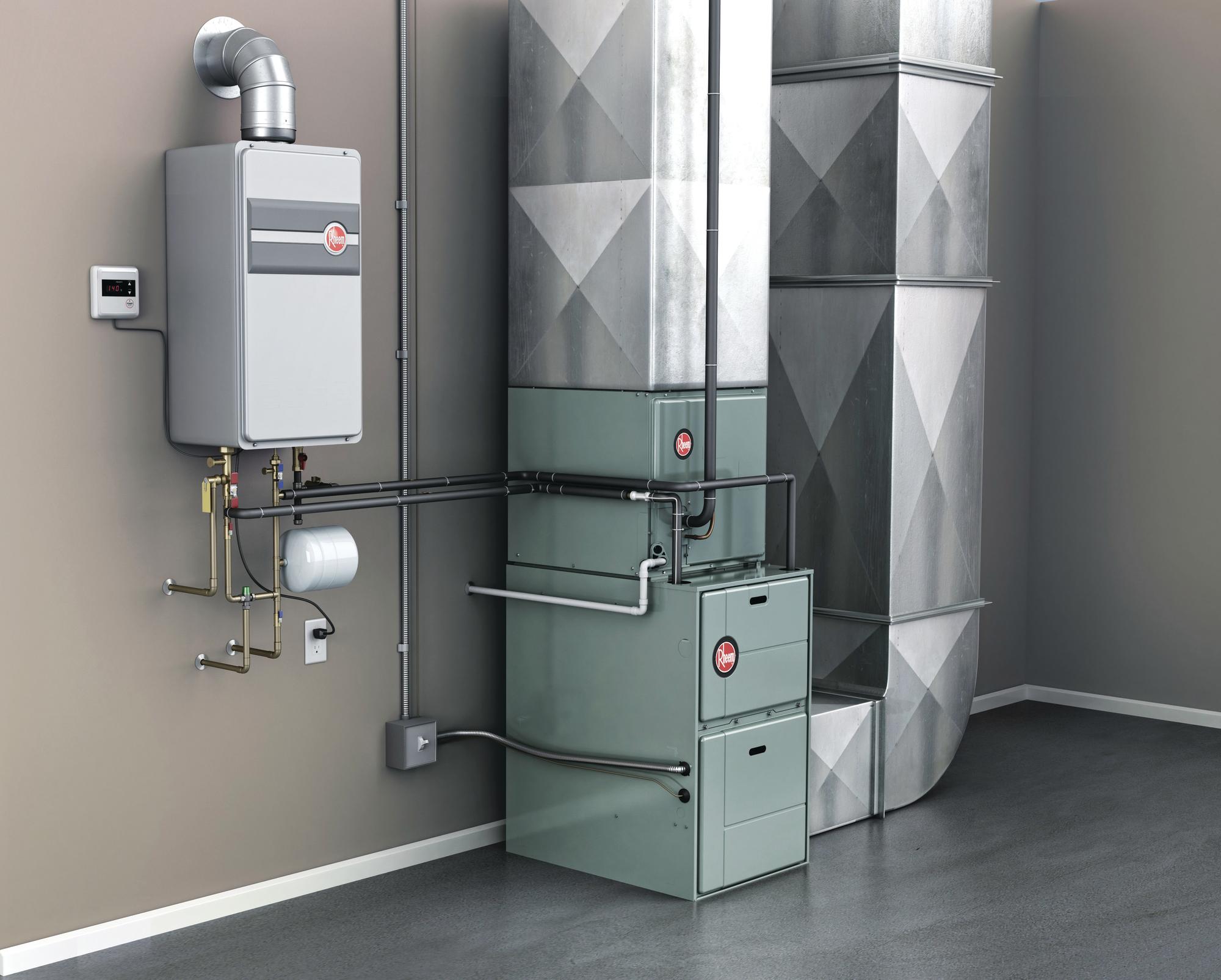
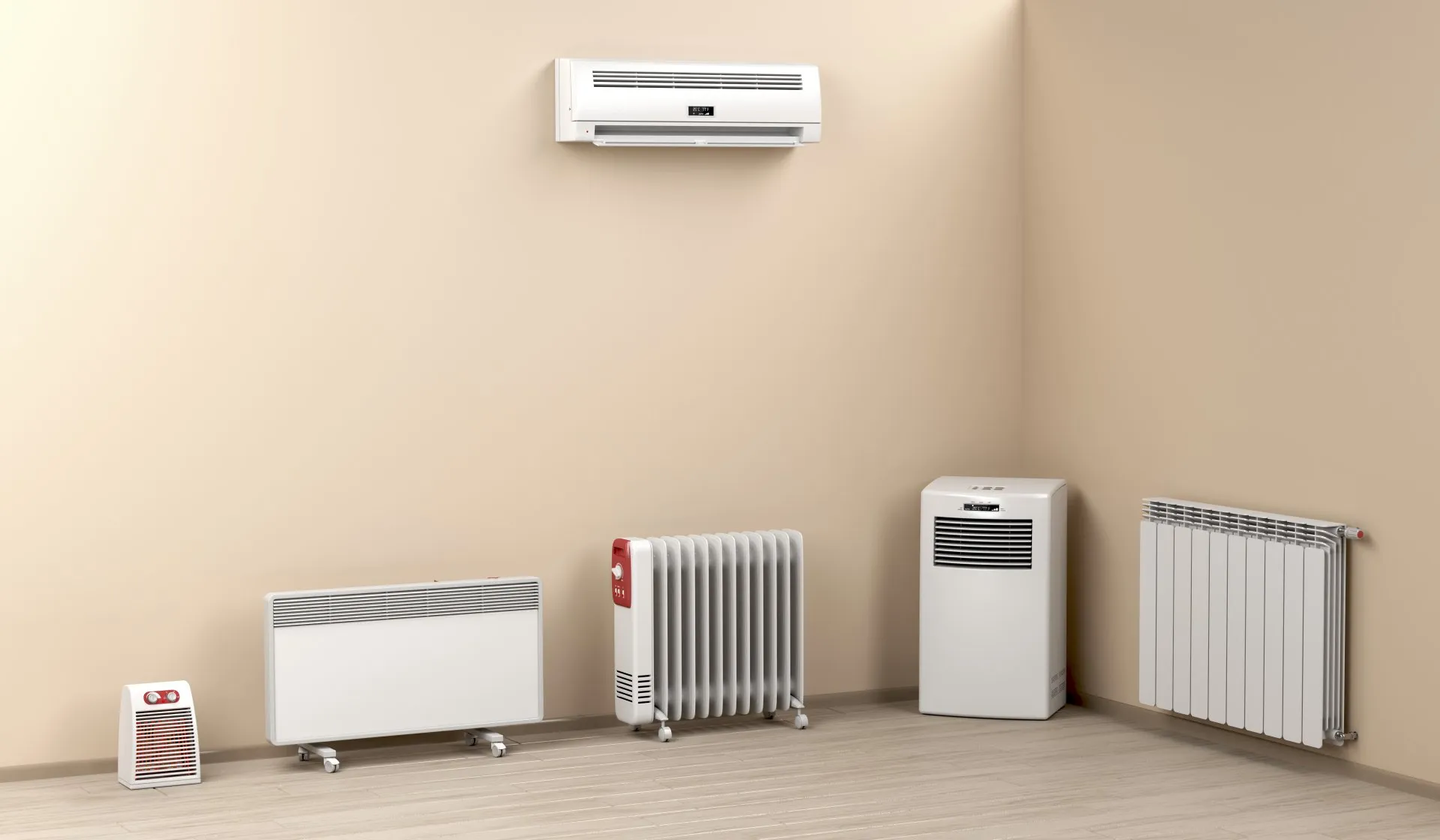
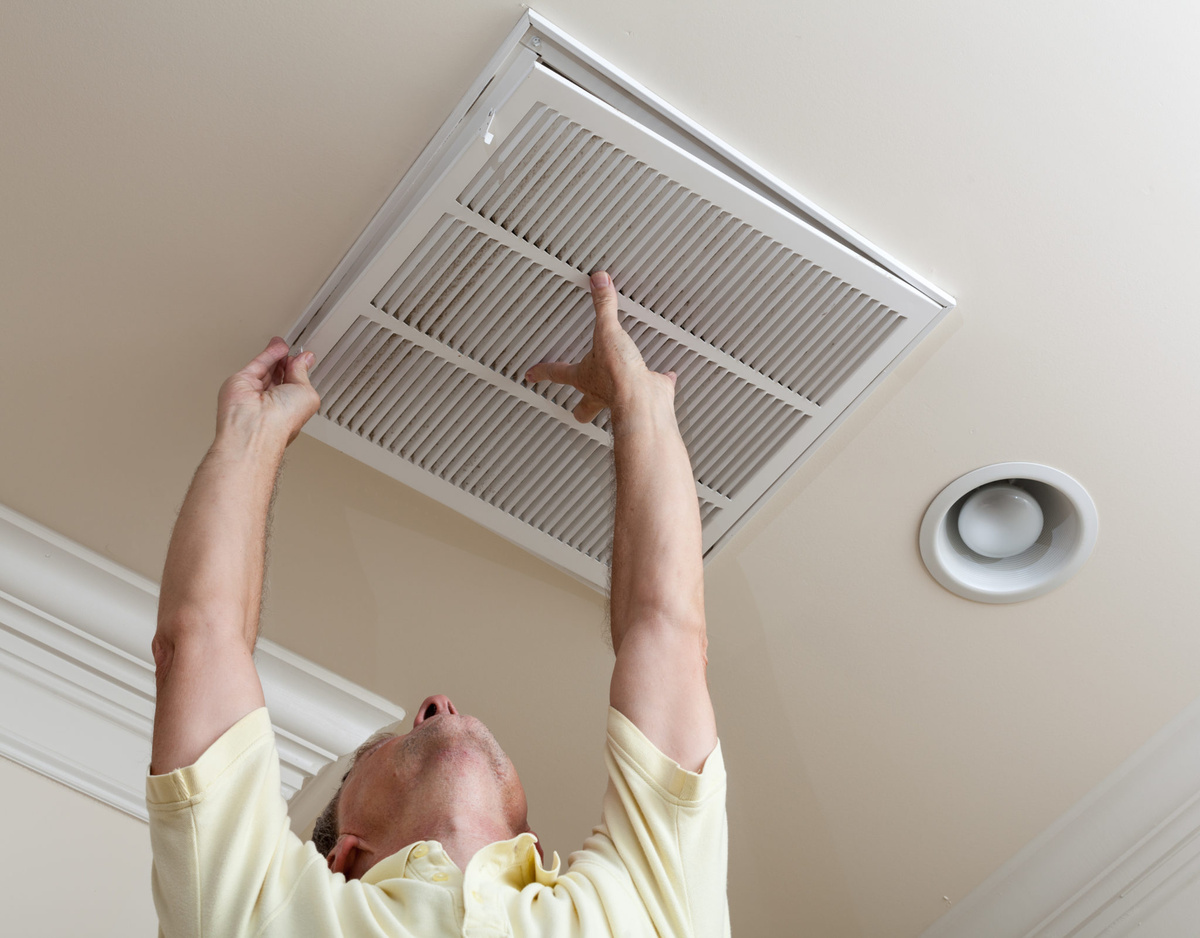
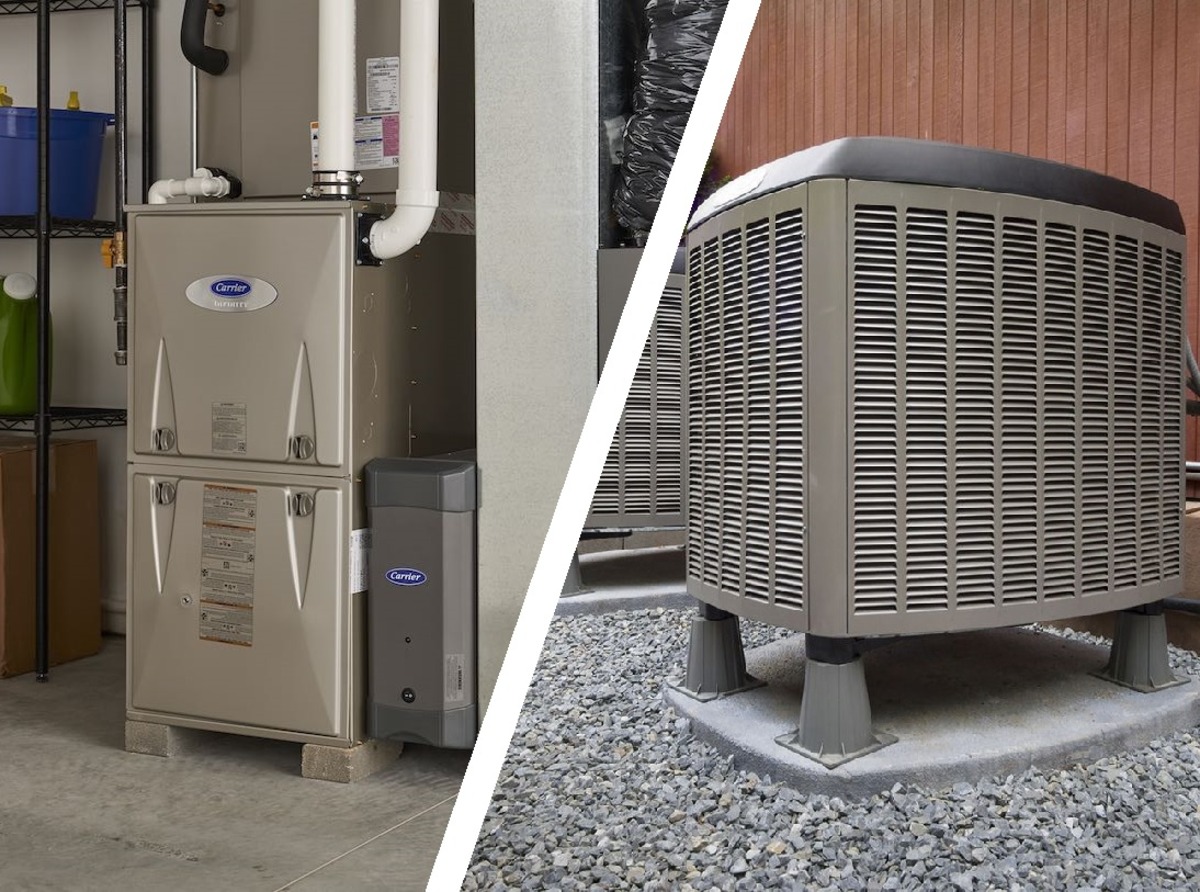
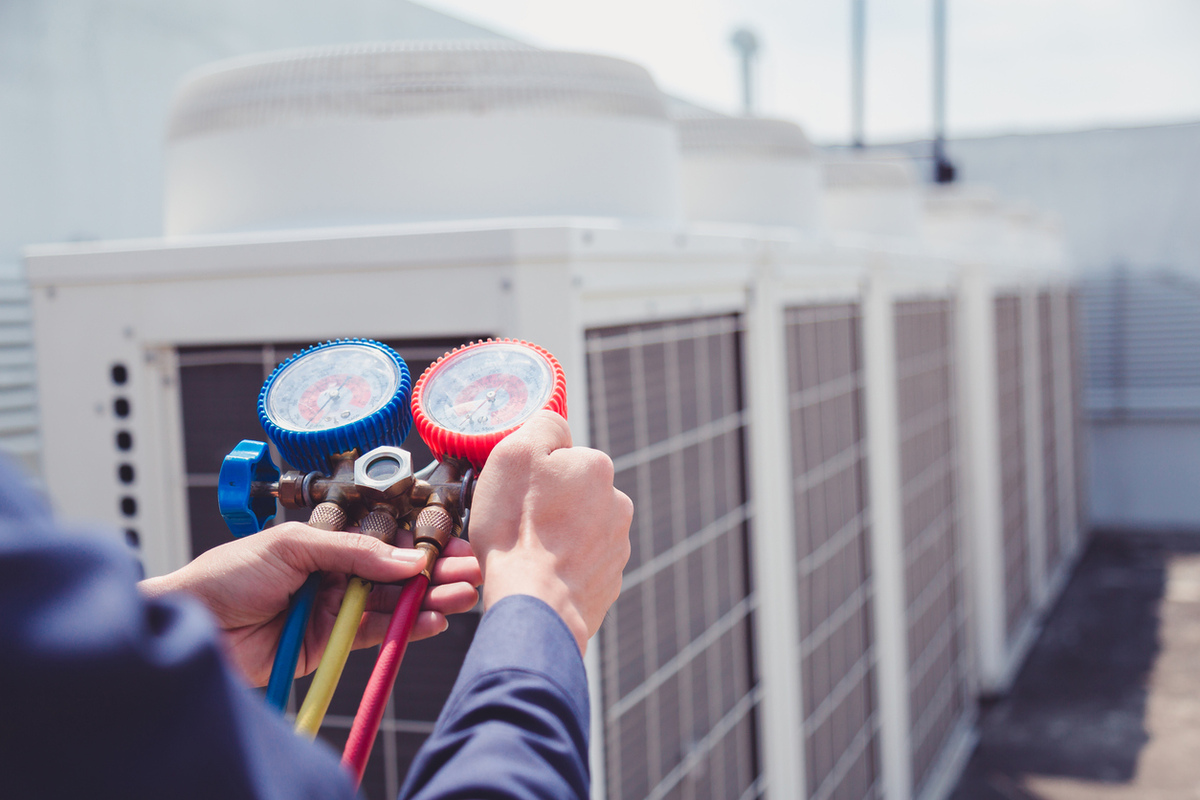

0 thoughts on “What Is Air-to-Air Heating”